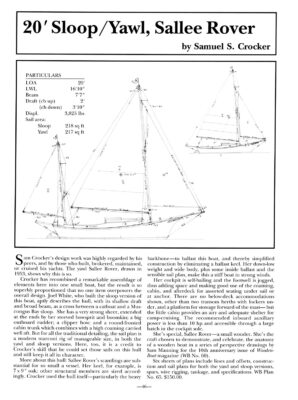
20' Sloop/Yawl, Sallee Rover
The original print version of this article can be viewed as a PDF or purchased from the WoodenBoat Store.
Join to view PDF Purchase Sallee Rover PlansSam Crocker’s design work was highly regarded by his peers, and by those who built, brokered, maintained, or cruised his yachts. The yawl Sallee Rover, drawn in 1953, shows why this is so.
Crocker has recombined a remarkable assemblage of elements here into one small boat, but the result is so superbly proportioned that no one item overpowers the overall design. Joel White, who built the sloop version of this boat, aptly describes the hull, with its shallow draft and broad beam, as a cross between a catboat and a Muscongus Bay sloop. She has a very strong sheer, extended at the ends by her steeved bowsprit and boomkin; a big outboard rudder; a clipper bow; and a round-fronted cabin trunk which combines with a high coaming carried well aft. But for all the traditional detailing, the sail plan is a modern marconi rig of manageable size, in both the yawl and sloop versions.
Here, too, it is a credit to Crocker’s skill that he could set those sails on this hull and still keep it all in character.
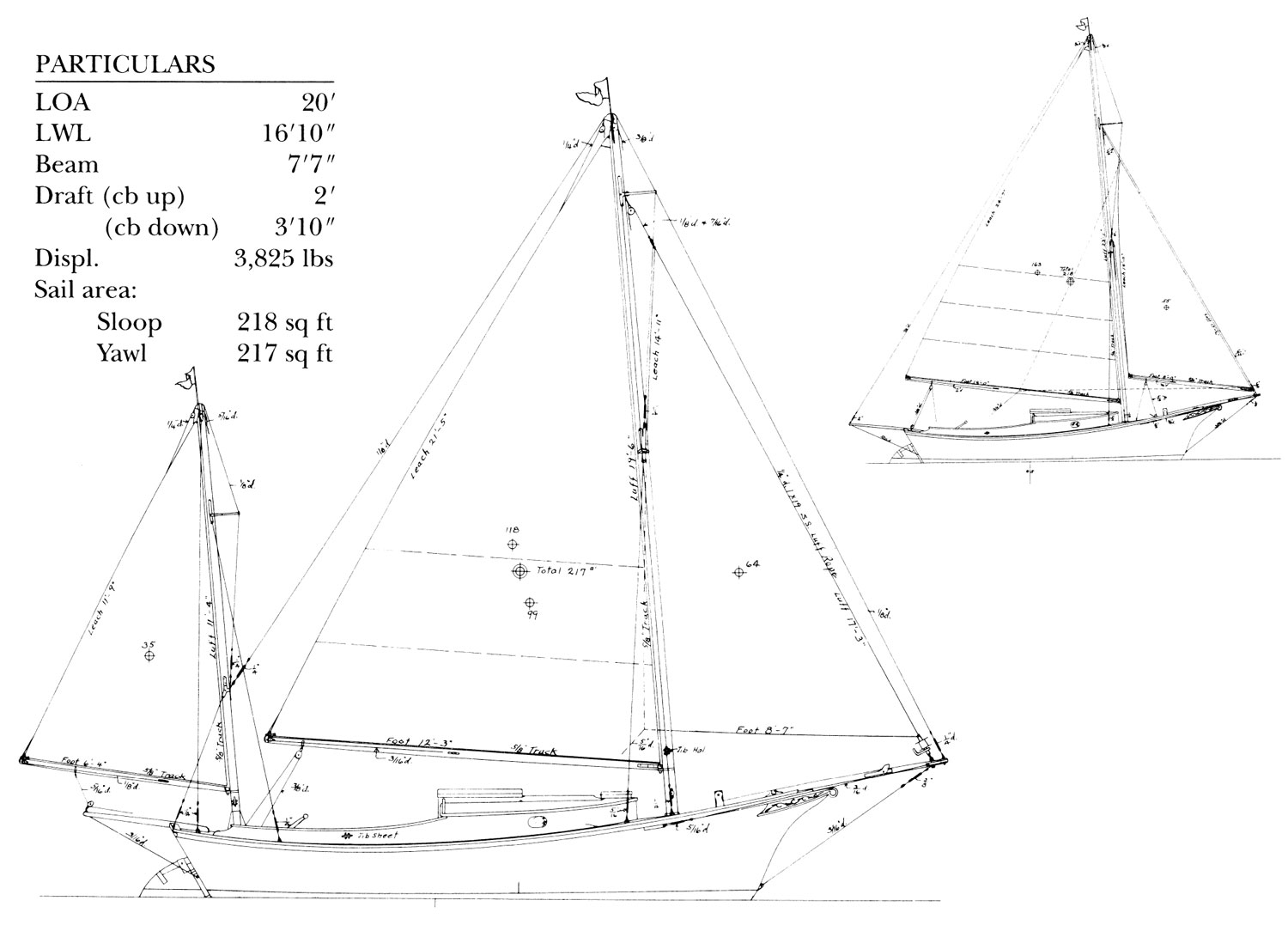
You can build SALLEE ROVER as a sloop or yawl.
More about this hull: Sallee Rover’s scantlings are substantial for so small a vessel. Her keel, for example, is 7 x 9″ oak; other structural members are sized accordingly. Crocker used the hull itself—particularly the heavy backbone—to ballast this boat, and thereby simplified construction by eliminating a ballast keel. Her down-low weight and wide body, plus some inside ballast and the sensible sail plan, make this a stiff boat in strong winds.
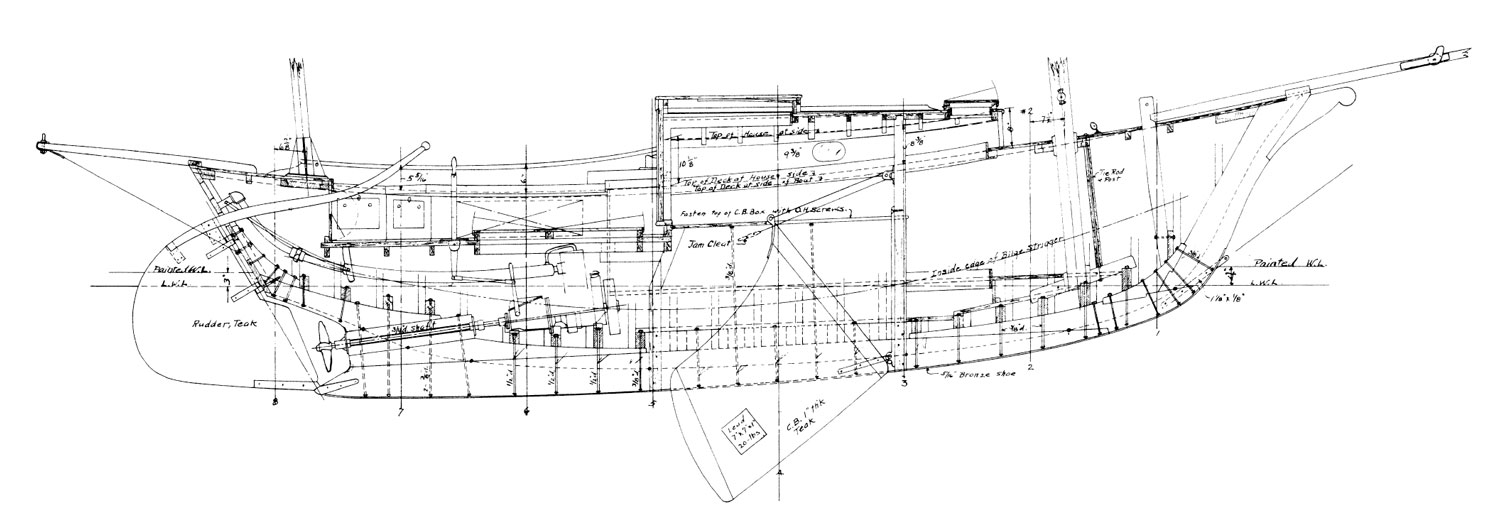
Profile
Her cockpit is self-bailing and the footwell is jogged, thus adding space and making good use of the coaming, cabin, and afterdeck for assorted seating under sail or at anchor. There are no below-deck accommodations shown, other than two transom berths with lockers under, and a platform for stowage forward of the mast—but the little cabin provides an airy and adequate shelter for camp-cruising. The recommended inboard auxiliary power is less than 10 hp and accessible through a large hatch in the cockpit sole.
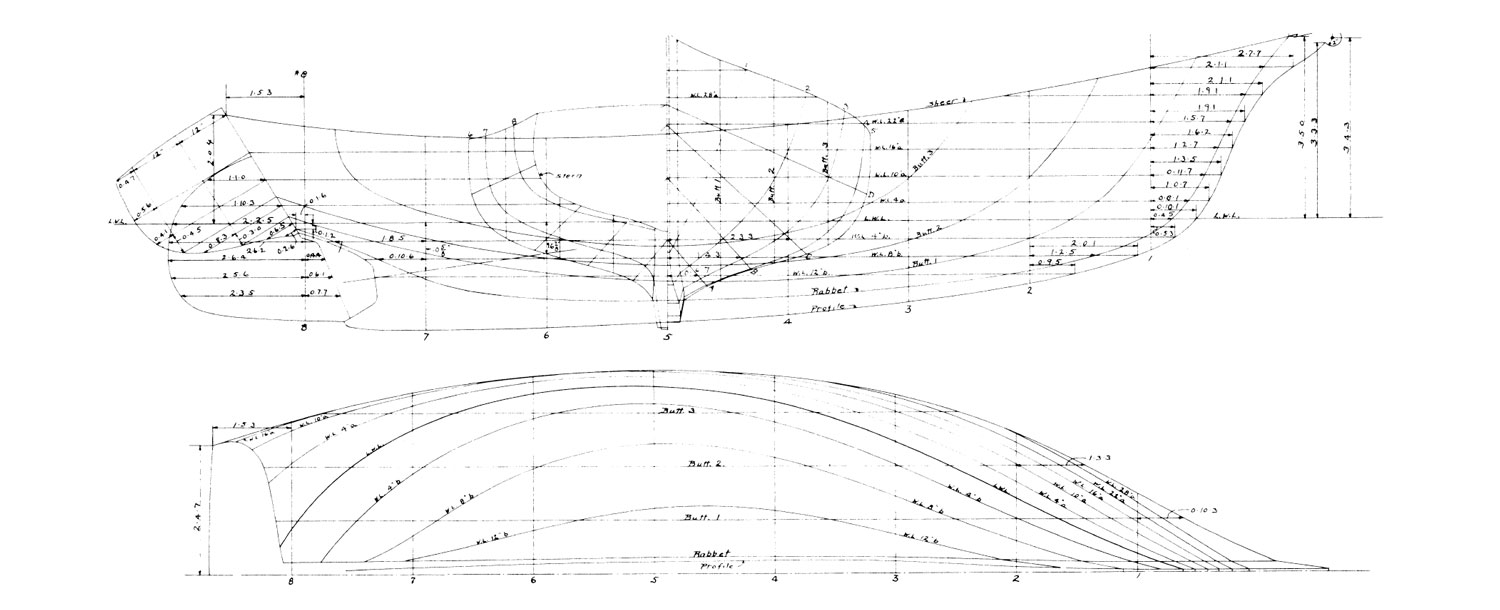
Heavy scantlings, inside ballast, and firm bilges give Sallee Rover the stability she needs.
She’s special, Sallee Rover—a small wonder. She’s the craft chosen to demonstrate, and celebrate, the anatomy of a wooden boat in a series of perspective drawings by Sam Manning for the 10th anniversary issue of WoodenBoat magazine (WoodenBoat No. 60).

An extraordinarily comfortable cockpit and spartan cruising accommodations.
Plans for the 20′ Crocker Yawl, Sallee Rover, include lines and offsets, construction and sail plans for both the yawl and sloop versions, spars, wire rigging, tankage, and specifications. WB Plan No. 65. $150.00.
Sallee Rover Plan Details
DESCRIPTION
Hull type: Round-bottomed, keel/ch boat
Rig: Marconi yawl or sloop
Construction: Carvel planked over steamed frames
Headroom/cabin (between beams): About 3 8
Featured in Design Section: WB No. 62
PERFORMANCE
Suitable for: Somewhat protected waters
Intended capacity: 2-4 daysailing, 2 cruising
Trailerable: Yes
Propulsion: Sail w /inboard auxiliary
Speed (knots): 3-5
BUILDING DATA
Skill needed: Advanced
Lofting required: Yes
* Alternative construction: Cold-molded, strip
PLANS DATA
No. of sheets: 6
Level of detail: Average
Cost per set: $150.00
WB Plan No. 65
Completed Sallee Rover Images
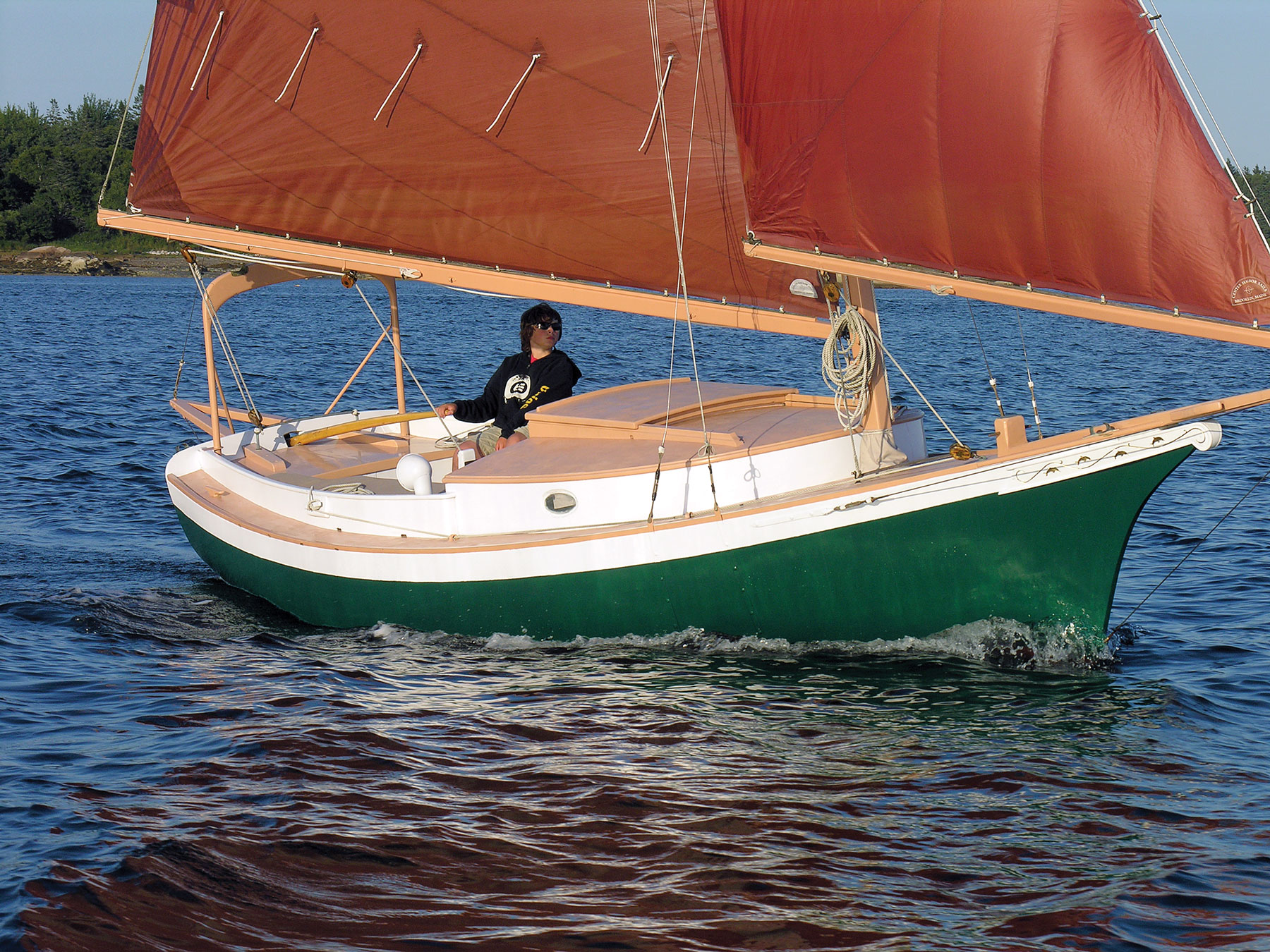 Photo by Matthew P. Murphy
Photo by Matthew P. MurphyMARTHA is an example of S.S. Crocker’s Sallee Rover design built in 1967 by Joel White, for his father. Here, Keenan Hilsinger, age 11, shows considerable facility at the helm.
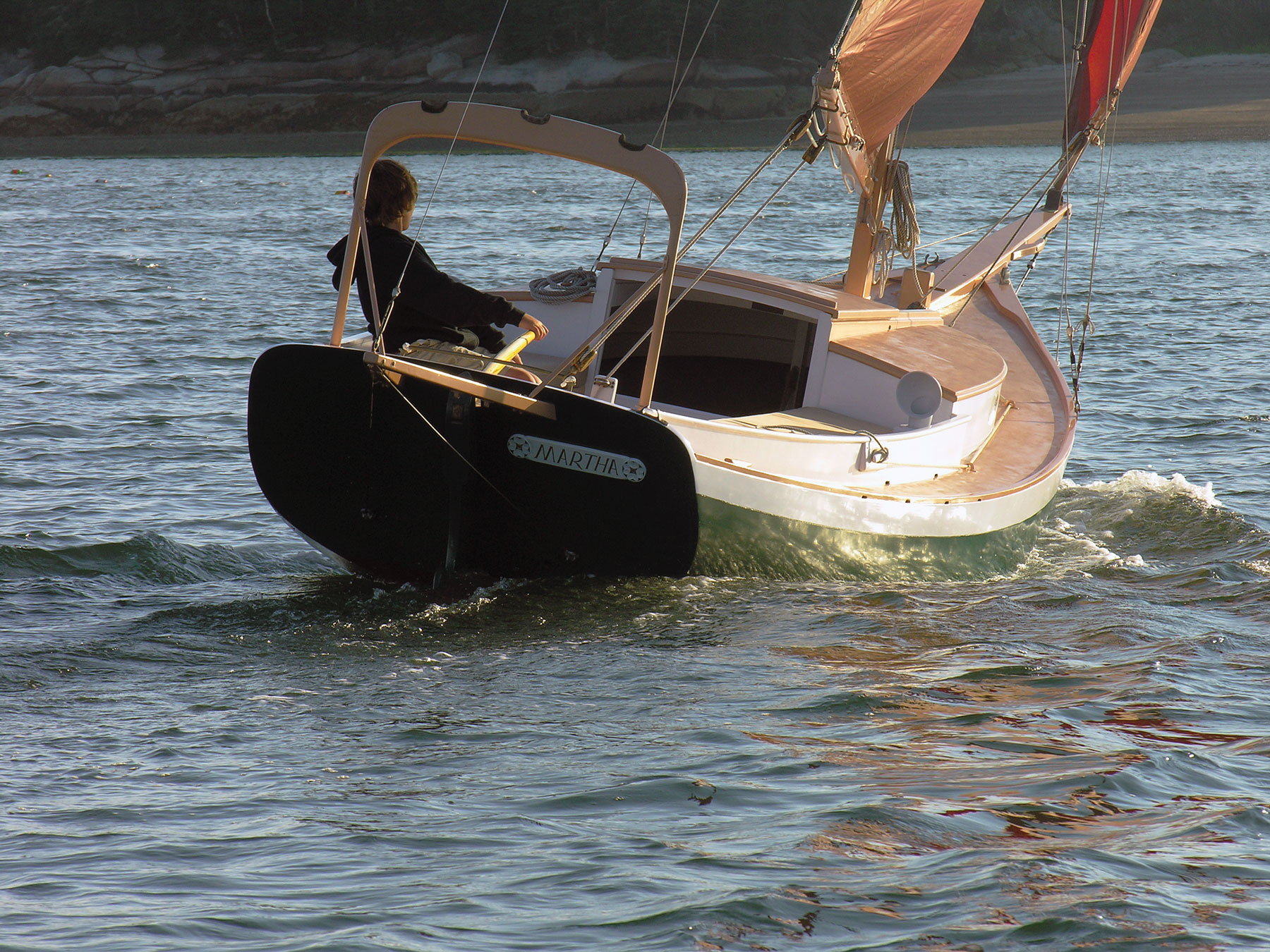 Photo by Matthew P. Murphy
Photo by Matthew P. MurphyAlthough she’s only 20′ long and displaces about two tons, MARTHA feels like a big boat and will accommodate two for a weekend excursion. At the end of the season, you can haul her home with a small truck.
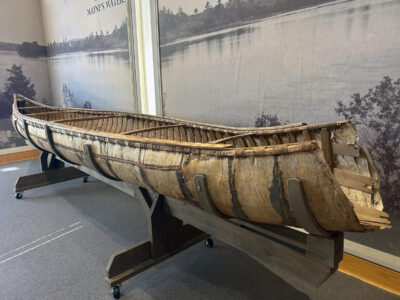
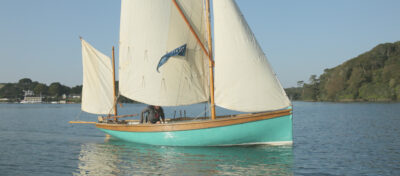
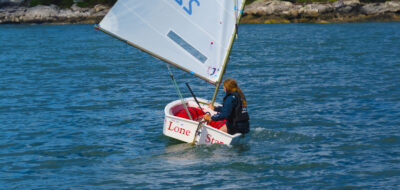
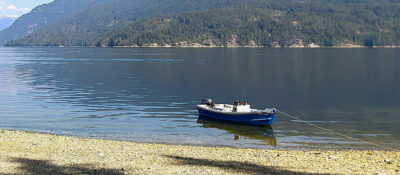
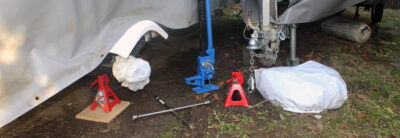
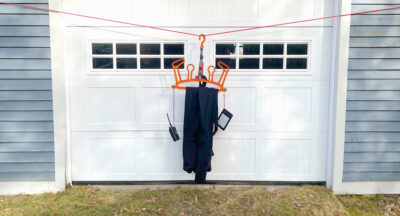
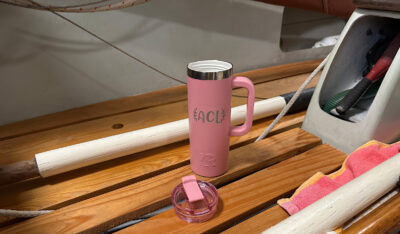
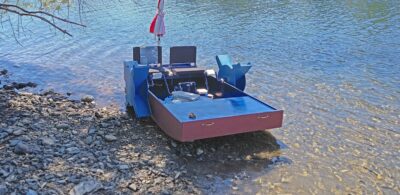
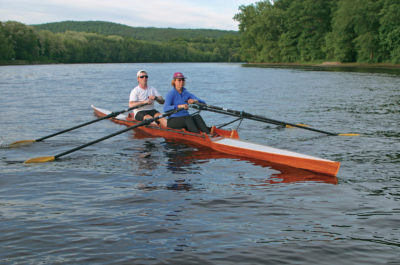
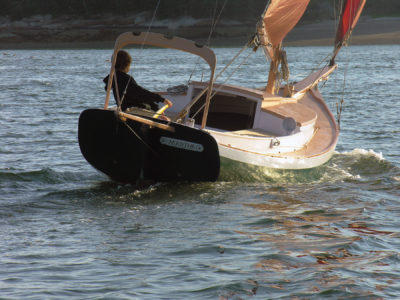
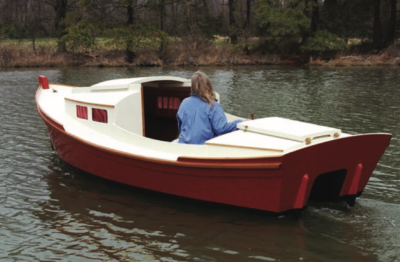
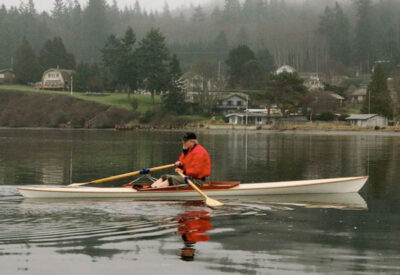
Join The Conversation
We welcome your comments about this article. If you’d like to include a photo or a video with your comment, please email the file or link.